Ford Puma vs Land Rover Range Rover Evoque – Differences & prices compared
Compare performance, boot capacity, efficiency and price at a glance.
Find out which car is the better choice for you – Ford Puma or Land Rover Range Rover Evoque?
Costs and Efficiency:
Price and efficiency are often the first things buyers look at. Here it becomes clear which model has the long-term edge – whether at the pump, the plug, or in purchase price.
Ford Puma has a clearly advantage in terms of price – it starts at 24800 £, while the Land Rover Range Rover Evoque costs 43300 £. That’s a price difference of around 18514 £.
Fuel consumption also shows a difference: Land Rover Range Rover Evoque manages with 3.70 L and is therefore significantly more efficient than the Ford Puma with 5.40 L. The difference is about 1.70 L per 100 km.
As for range, the Ford Puma performs significantly better – achieving up to 376 km, about 316 km more than the Land Rover Range Rover Evoque.
Engine and Performance:
Power, torque and acceleration are the classic benchmarks for car enthusiasts – and here, some clear differences start to show.
When it comes to engine power, the Land Rover Range Rover Evoque has a evident edge – offering 269 HP compared to 168 HP. That’s roughly 101 HP more horsepower.
In acceleration from 0 to 100 km/h, the Land Rover Range Rover Evoque is minimal quicker – completing the sprint in 7.20 s, while the Ford Puma takes 7.40 s. That’s about 0.20 s faster.
In terms of top speed, the Land Rover Range Rover Evoque performs slight better – reaching 213 km/h, while the Ford Puma tops out at 210 km/h. The difference is around 3 km/h.
There’s also a difference in torque: Land Rover Range Rover Evoque pulls decisively stronger with 540 Nm compared to 290 Nm. That’s about 250 Nm difference.
Space and Everyday Use:
Beyond pure performance, interior space and usability matter most in daily life. This is where you see which car is more practical and versatile.
Both vehicles offer seating for 5 people.
In curb weight, Ford Puma is evident lighter – 1316 kg compared to 1792 kg. The difference is around 476 kg.
In terms of boot space, the Ford Puma offers barely noticeable more room – 523 L compared to 472 L. That’s a difference of about 51 L.
In maximum load capacity, the Ford Puma performs slight better – up to 1283 L, which is about 127 L more than the Land Rover Range Rover Evoque.
When it comes to payload, Land Rover Range Rover Evoque distinct takes the win – 600 kg compared to 469 kg. That’s a difference of about 131 kg.
Who wins the race?
The Land Rover Range Rover Evoque proves to be edges out slightly and therefore becomes our DriveDuel Champion!
Land Rover Range Rover Evoque is the better all-rounder in this comparison.
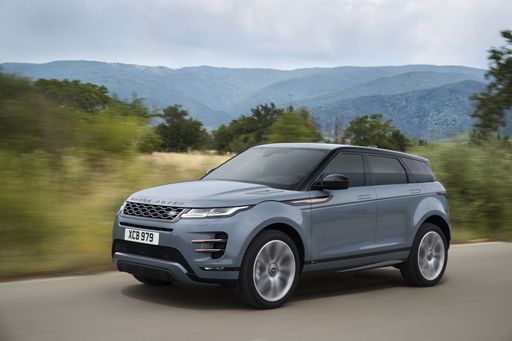
Land Rover Range Rover Evoque
Ford Puma
The Ford Puma presents itself as a stylish compact SUV with a distinctive design that combines practicality with a dynamic driving experience. Its sleek lines and sporty aesthetics make it stand out on the road, while the interior offers a comfortable and tech-savvy environment. With an emphasis on efficiency and a smooth drive, the Ford Puma is well-suited for both urban commutes and countryside adventures.
details @ puma.fordpresskits.com
@ puma.fordpresskits.com
 @ puma.fordpresskits.com
@ puma.fordpresskits.com
 @ puma.fordpresskits.com
@ puma.fordpresskits.com
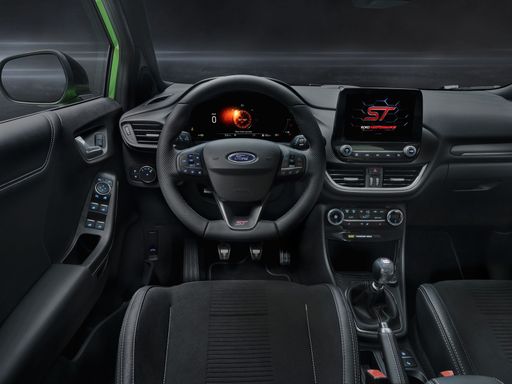 @ puma.fordpresskits.com
@ puma.fordpresskits.com
Land Rover Range Rover Evoque
The Land Rover Range Rover Evoque combines refined luxury with robust off-road capabilities. Its sleek design and high-quality interior materials create an elegant yet comfortable driving experience. Advanced technology features and superior handling make it a versatile choice for both city and countryside adventures.
details @ media.landrover.com
@ media.landrover.com
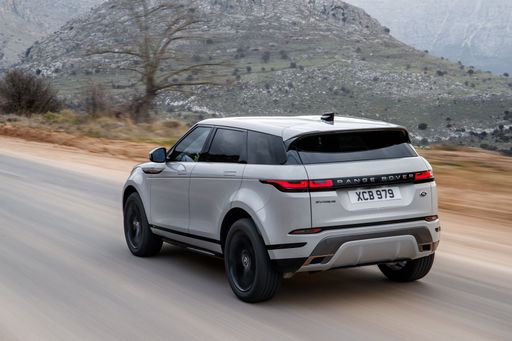 @ media.landrover.com
@ media.landrover.com
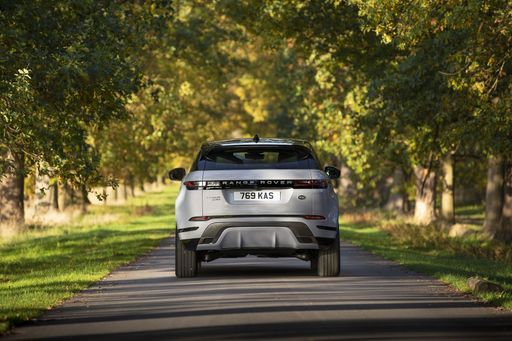 @ media.landrover.com
@ media.landrover.com
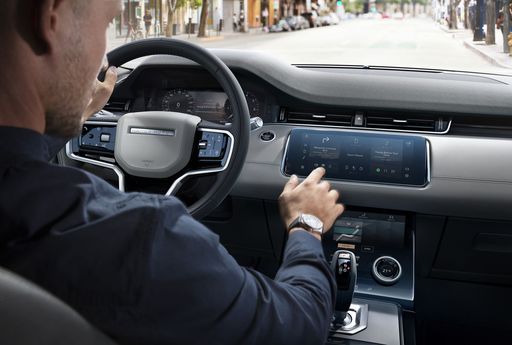 @ media.landrover.com
@ media.landrover.com

|

|
|
|
|
Costs and Consumption |
|
|---|---|
|
Price
24800 - 36300 £
|
Price
43300 - 64800 £
|
|
Consumption L/100km
5.4 - 5.9 L
|
Consumption L/100km
3.7 - 7.8 L
|
|
Consumption kWh/100km
13.1 - 13.9 kWh
|
Consumption kWh/100km
-
|
|
Electric Range
361 - 376 km
|
Electric Range
60 km
|
|
Battery Capacity
43 kWh
|
Battery Capacity
11.50 kWh
|
|
co2
0 - 135 g/km
|
co2
85 - 177 g/km
|
|
Fuel tank capacity
42 L
|
Fuel tank capacity
57 - 67 L
|
Dimensions and Body |
|
|---|---|
|
Body Type
SUV
|
Body Type
SUV
|
|
Seats
5
|
Seats
5
|
|
Doors
5
|
Doors
5
|
|
Curb weight
1316 - 1563 kg
|
Curb weight
1792 - 2157 kg
|
|
Trunk capacity
456 - 523 L
|
Trunk capacity
472 L
|
|
Length
4186 - 4226 mm
|
Length
4371 mm
|
|
Width
1805 mm
|
Width
1900 mm
|
|
Height
1550 - 1555 mm
|
Height
1649 mm
|
|
Max trunk capacity
1216 - 1283 L
|
Max trunk capacity
1156 L
|
|
Payload
367 - 469 kg
|
Payload
503 - 600 kg
|
Engine and Performance |
|
|---|---|
|
Engine Type
Electric, Petrol MHEV
|
Engine Type
Petrol MHEV, Diesel MHEV, Plugin Hybrid
|
|
Transmission
Automatic, Manuel
|
Transmission
Manuel, Automatic
|
|
Transmission Detail
Reduction Gearbox, Manual Gearbox, Dual-Clutch Automatic
|
Transmission Detail
Manual Gearbox, Automatic Gearbox
|
|
Drive Type
Front-Wheel Drive
|
Drive Type
Front-Wheel Drive, All-Wheel Drive
|
|
Power HP
125 - 168 HP
|
Power HP
160 - 269 HP
|
|
Acceleration 0-100km/h
7.4 - 9.8 s
|
Acceleration 0-100km/h
7.2 - 10.3 s
|
|
Max Speed
160 - 210 km/h
|
Max Speed
190 - 213 km/h
|
|
Torque
170 - 290 Nm
|
Torque
260 - 540 Nm
|
|
Number of Cylinders
3
|
Number of Cylinders
3 - 4
|
|
Power kW
92 - 124 kW
|
Power kW
118 - 198 kW
|
|
Engine capacity
999 cm3
|
Engine capacity
1498 - 1998 cm3
|
General |
|
|---|---|
|
Model Year
2025
|
Model Year
2025
|
|
CO2 Efficiency Class
A, D
|
CO2 Efficiency Class
G, F, B
|
|
Brand
Ford
|
Brand
Land Rover
|
Is the Ford Puma offered with different drivetrains?
The Ford Puma is offered with Front-Wheel Drive.
The prices and data displayed are estimates based on German list prices and may vary by country. This information is not legally binding.
